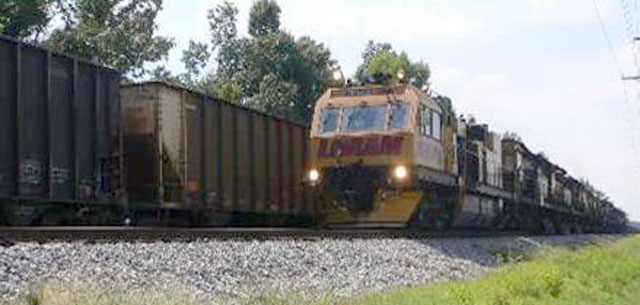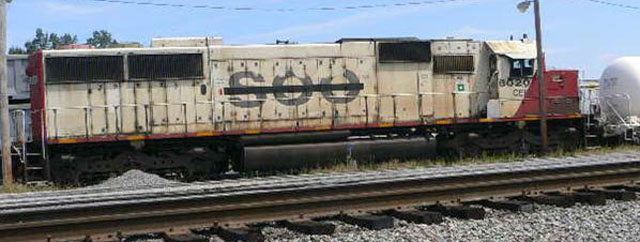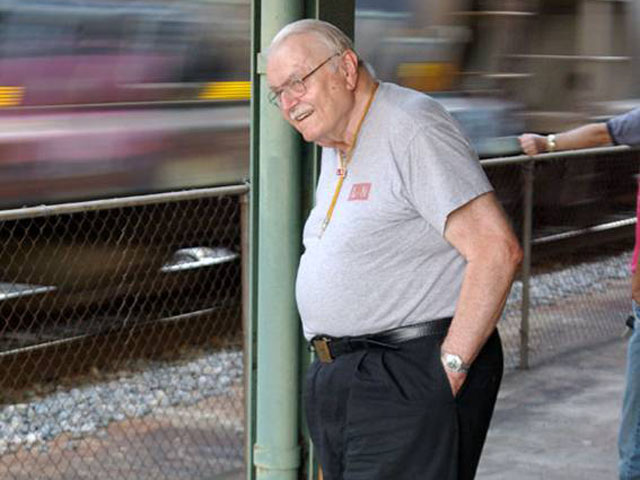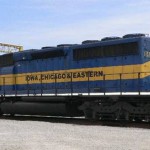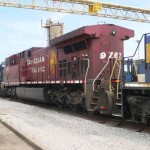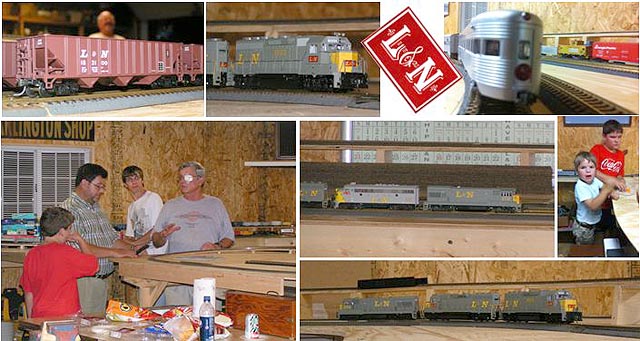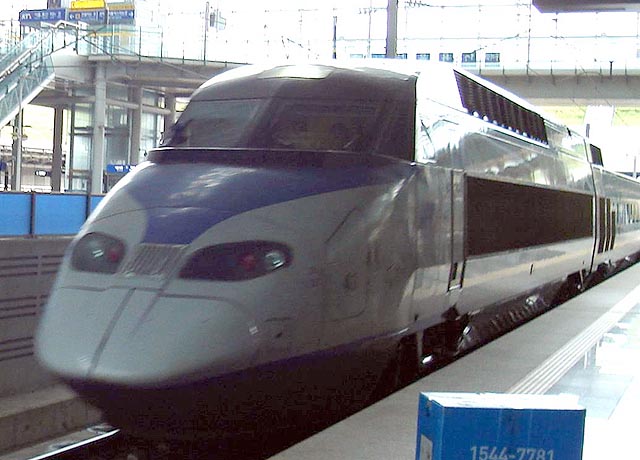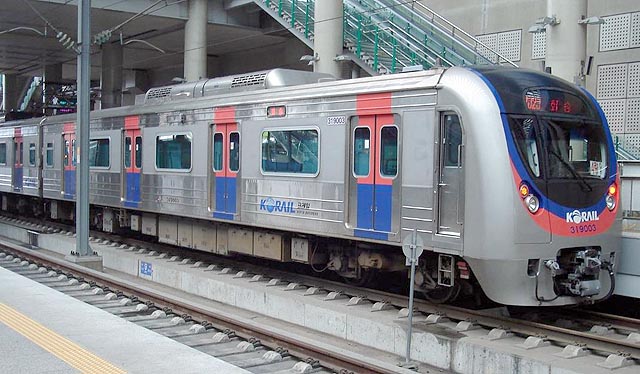Author: Jim Pearson

Hello Western Kentucky Chapter NRHS Members. My oh my, another month has come and gone… Where does the time go? I hope this August addition of the E-news Letter finds everyone well. With the recent high temperatures and allergens in the air, some of even the healthiest of people are down with ailments.
I was very impressed with Our Man Thomas Bryan and his attentive report on his time at Rail Camp. This young man has overcome what for some people would be a life challenging impairment. As a result he has come about in life with a confidence and stamina for knowledge, respect and an intelligent repose. I am proud of him and that he represented our Chapter (the first ever from our region) at Rail Camp. Well Done Thomas.
The last three weeks of the “month between the meetings” have been a productive and fun one for some of us. The most recent event our Chapter participated in was the August 12th version of Madisonville’s Friday Night Live. Wally, Thomas and Jim Bryan, Steve Miller, my Wife Kathy and I were on hand from 5:15PM until well after dark. We were set up next to the Illinois Central Railroad Centennial marker on the North side of the Court House, in the grass. We had shade, a grand view of the car show and we were easily accessible. Wally and Thomas ran several of Wally’s steam engines as visitors came and went. I gabbed with the one’s that appeared to be keenly interested or had little one’s that were. While the Chapter may or may not see a direct benefit from the time spent and brochures handed out, I feel we as a Chapter have upheld an obligation to the National Organization and the Community. Next year will provide us the same opportunity to share and spread the news of our Chapter and further promote the same. I would like to say “Many thanks to all those whom found time to attend and help out”.
Last month I suggested a work session at our meeting place, the former Louisville & Nashville Railroad Station to clean and remove weeds from the facility. Being as I did not get a robust and overwhelming amount of input from the members present that night, I took it upon myself to “organize” an impromptu work session on the following Saturday, July 30th. Kathy and I were at the Station by 7:50 AM to beat some of the heat of the day. Wally joined in just after 9:00 AM (our original planned time) and helped out with picking up what turned out to be a Ranger Pickup load of weeds and trash. We finished up by 9:30 and the place looked a lot better. I wish to say “Thank You” to Wally, whom at 79 years of age (soon to turn 80) can still work circles around a lot of punk kids I know! And wouldn’t you know it, only Wally ended up with a bad case of Poison Ivy!
Following Thomas’ report on Rail Camp, I presented a video from O Gauge Railroading Magazine. In the video was a nice story by and about Tony Lash’s three rail model train layout. I had several members comment on Mr. Lash…oddly enough, not on his fabulous layout but of his comments pertaining to his business and that he (a black man) never took advantage of government subsidy or contract, he made his business a success in the private sector. I point this out as I seem to notice the fact that this hobby and trains fans in general tend to be of a stronger moral and intelligent back ground. We can point out several of our own members that fit that moniker. Let me close by saying “I am proud to be a member and acquainted with this Chapter. Thank You.”

Somehow, Bill Heaton just walked into Atkinson Yard, Madisonville and took these shots. I’d have been arrested on the spot.



